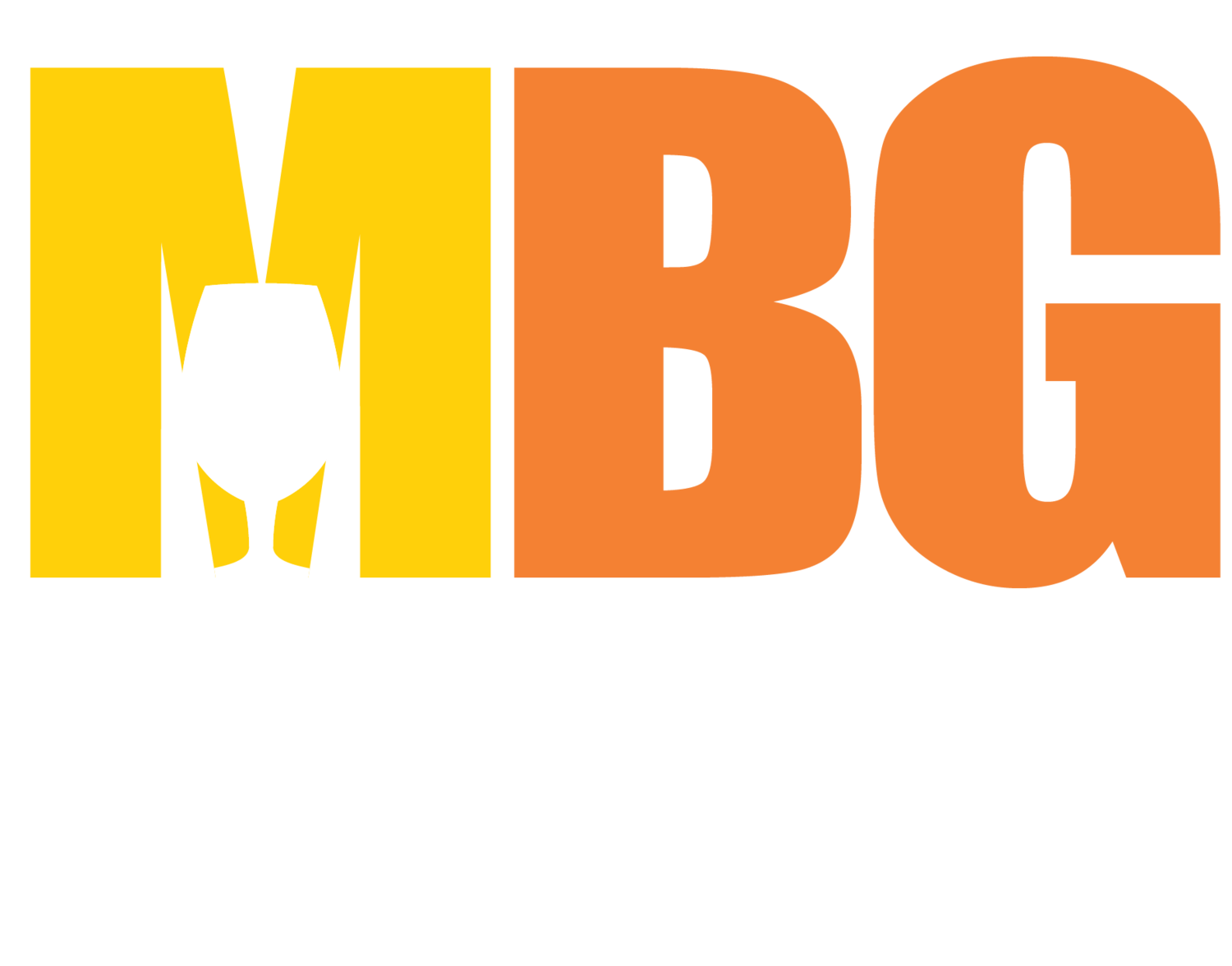Collaborators Wanted: A Conversation with JP Gallagher, President of the Massachusetts Brewers Guild
When two breweries work together on a beer, it’s called a collaboration. (Or a collab, if you're hip.)
Maybe you’ve spotted these joint efforts in the taproom and wondered how they came to be. This month, we asked Mass Brewers Guild President JP Gallagher—who might have a small obsession with collabs—to explain.
“We’ve been doing collaborations with other breweries really since we opened,” says Gallagher, co-founder of Lost Shoe Brewing and Roasting Company in Marlborough. He’s being modest. Since 2019, Lost Shoe has had a hand in 82 beers—and counting.
It’s that same collaborative spirit that inspired JP to run for the Mass Brewers Guild’s board of directors—and ultimately led to his election as president this past January. A masterful connector, JP has a genuine gift for bringing people together. He knows just about everyone in the industry and is constantly looking for ways to strengthen the craft beer community through shared knowledge, mutual support, and, of course, collaboration.
Sole Whip | 6% | Fruited Sour conditioned on pineapple Dole Whip, pineapple, coconut and lime. Brewed in collaboration with Spyglass Brewing
…So how do you even start a collab?
Turns out, it’s not that complicated: just ask a buddy. That’s what JP did. His first was with his friend Mike Souza, then head brewer at John Harvard’s Brewery, now at Sterling Street Brewery. They brewed a tart IPA called Three Lies — a nod to the statue of John Harvard in Cambridge, whose inscription includes three inaccuracies: Harvard didn’t found the college, it was founded in 1636 (not 1638), and the statue doesn’t even depict him.
“The beer name is the hardest part,” says JP. “You’ve gotta find some kind of cross-section between two businesses.”
The second collab? A milkshake IPA called Not Your Average Gal, made with The Pink Boots Society, which supports women and non-binary individuals in the beer industry.
And here we are, 80 beers later.
Explaining how to collaborate on a beer is a little like explaining how to make a friend— it comes naturally to some, others have to work at it. JP’s advice?
“Go to where people are. Go to their place. Or invite them to your place, show them around, tell them what you're working on.” Bring a four-pack of your beer, welcome a new brewery to the neighborhood, introduce yourself at a festival.
Collabs aren’t just good for community—they’re good for business.
“It’s a great way to learn and get your name out in other cities and towns,” says JP. “Maybe you want to try a new ingredient or brewing technique. Or maybe you just want to hang out with a friend and make something together.”
Fonio a Friend | 8.5% | Double IPA brewed with fonio, dry hopped with Citra plus Motueka and Maui Nelson SubZero Hop Kief from Freestyle Hops. Brewed in collaboration with Castle Island Brewing
“We were chatting back and forth about ingredients and he brought up fonio, and asked if we had used it before, and I was like, ‘no, we’ve never used it...but I would be down to test it out.’”
JP sees the value of collaboration beyond breweries, too. Lost Shoe has teamed up with Welly’s, a local restaurant that roasts pumpkins for a collab pumpkin beer, and The Donut Stand that supplies actual donuts for another brew.
“It’s good cross-promotion,” he says. “And it doesn’t take much to throw someone else’s logo on a label.”
Before beer, JP spent seven years in tech. “Tech is not collaborative,” he says. “So it was really refreshing coming into this industry and seeing how well everyone works together.”
A collab day, he adds, isn’t just another production shift. “We're drinking beers, we’re making beer—it’s a fun day. A nice break from the regular schedule.”




